- NEW DVD Series – Stone Setting with Bezels
- Tube Set Charm by Kim St. Jean
- Prong Basket Pendant by Kim St. Jean
- NEW DVD Series – Stone Setting with Cold Connections
- New DVD Series – Stone Setting with Wire
- NEW DVD Series: Introduction to Stone Setting by Kim St. Jean
- Featured Tool: Bracelet Bending Plier
- NEW Dvd by Eva Sherman
- Fun, Fast Fold Forming DVD Series
- Double Band Ear Cuff from Alex Simkin
Gem Profile Dec. 21: Turquoise Types
by Layna Palmer, Wire-Sculpture.com

Turquoise, Part 2
Shop Turquoise on Wire-Sculpture
As we learned last week, Turquoise is not only a beautiful blue color, but also a stone and a gem! Turquoise has been prized through the ages for protection, healing and of course jewelry making. One of the problems with turquoise is that it is a soft stone, and finding stones of suitable quality to cut and polish has been difficult. Turquoise also fades to a green color, or develops a white “bloom” on the exterior of the stone through exposure to sweat, chemicals, cosmetics and other environmental conditions. In ancient times, turquoise was treated with a thin coating of oil or wax to keep the color true and help the stone last a bit longer. Turquoise with matrix, the little black or brown veins running through the stone, was also not used due to the difficulty with the stone losing integrity and cracking as it aged.
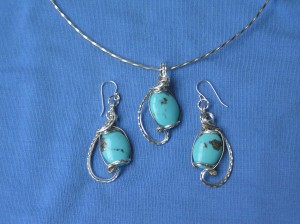
Irisha Patterson carefully selected these turquoise stones with pyrite inclusions and then wrapped this turquoise cabochon set in sterling silver and 14kt gold-filled wire
As society evolved, so did the technology to combat the softness of turquoise and today we have several types of processes for turquoise. You’ve probably wondered what the differences are between natural, enhanced, stabilized, reconstituted, fracture-sealed, artificial, synthetic, block, boulder and white buffalo turquoise. I know we received a few emails asking these types of questions, so don’t be shy! I’ll explain them each in turn – some today, and some next Friday, to finish our series on turquoise.
What is Natural Turquoise?
Natural Turquoise is just that…natural stone that has not been treated in any way. Less than 1% of the turquoise mined today can be used in this natural state. Meaning that it is hard enough to cut and polish without cracking, but over time it will fade to a green color, especially when exposed to light, sweat, time, and other environmental conditions. So the beautiful piece your great-grandmother bought that looks a little green now is probably genuine, natural turquoise that has faded over the years.
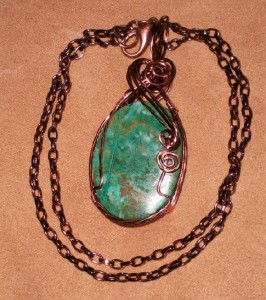
Shawnea Hardy has been wire wrapping less than a year, and already she’s a pro making wrapped cabochons! This is a greenish turquoise that Shawnea wrapped in antique copper craft wire – and it’s even reversible.
Enhanced Turquoise
Enhanced Turquoise is a natural stone that has only been treated with either chemicals and heat, or just heat to enhance the color and harden the stone. This type of treatment keeps the color from fading over time and makes more of the harder turquoise available for the market. Enhancing does nothing to the value of the stone, and those stones treated with only wax or oil, as in ancient times, are considered enhanced because they have been given a protective coating to preserve their color.

Terri McMahon embellished this triskele and spiral leather bracelet with turquoise and rutilated nuggets and copper wire.
Stabilized Turquoise
Stabilized turquoise is another term you will often hear around the table at the gem show. Stabilization, or fracture filling, occurs when a softer turquoise, perhaps with a weak matrix or cracks in the stone, is impregnated with resin or polymer to make the stone harder so that it will take a polish better and the color will last longer.

Judy Copeland wrapped this turquoise cabochon mined in Iraq, in Argentium Silver wire. Calling it “Mystic Turquoise,” Judy made this special turquoise pendant for a friend whose birthday is in December -and her friend loved it!
Stabilization is a very guarded secret in the lapidary community. Some will stabilize their turquoise with a polymer similar to what airplane windows are made of, others recommend letting it sit in a solution of epoxy and acetone. There are many different recipes and techniques out there. Some companies also put dye into the solution to deepen the turquoise color during the stabilization process. Stabilized turquoise is lower in value than natural or enhanced turquoise, but is still considered a gem.
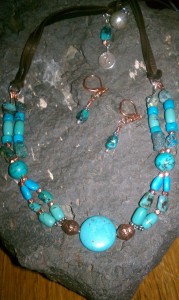
Lauri Ennis used turquoise beads, leather and wire to create this beaded turquoise necklace and earrings set.
Boulder Turquoise
Boulder Turquoise is a thin vein of turquoise running through the mother rock. When turquoise is mined, it’s found in veins and dug out of the ground. Some of the surrounding host rock, or mother rock, is discarded, but still has small seams of turquoise in it. One day someone took a look at these discarded rocks and thought, “Hmm, this would be pretty if I cut and polished it to show not only this seam of turquoise, but also the rock it comes from.” Voila! Boulder Turquoise!
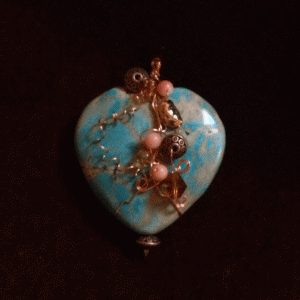
Koier VanDyke wrapped this turquoise heart with copper wire and accented with coral beads, Swarovski crystals, copper saucer beads, and a gold freshwater pearl.
Next week, we’ll talk about reconstituted turquoise, synthetics and imitations, and even more turquoise facts. Plus, there are even MORE impressive photos of wire wrapped turquoise from readers like you that we couldn’t pack into today’s post – send yours in if you haven’t already, and it could be featured! The email address is tips@wire-sculpture.com. See you next week on Wednesday – and Merry Christmas!
Resources & Recommended Reading
Gem Profile by Layna Palmer
Click to Receive Daily Tips by Email





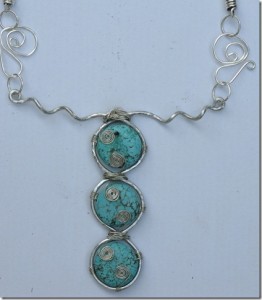
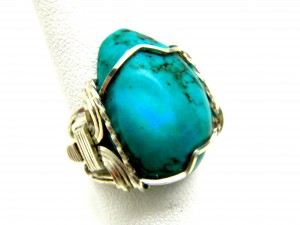
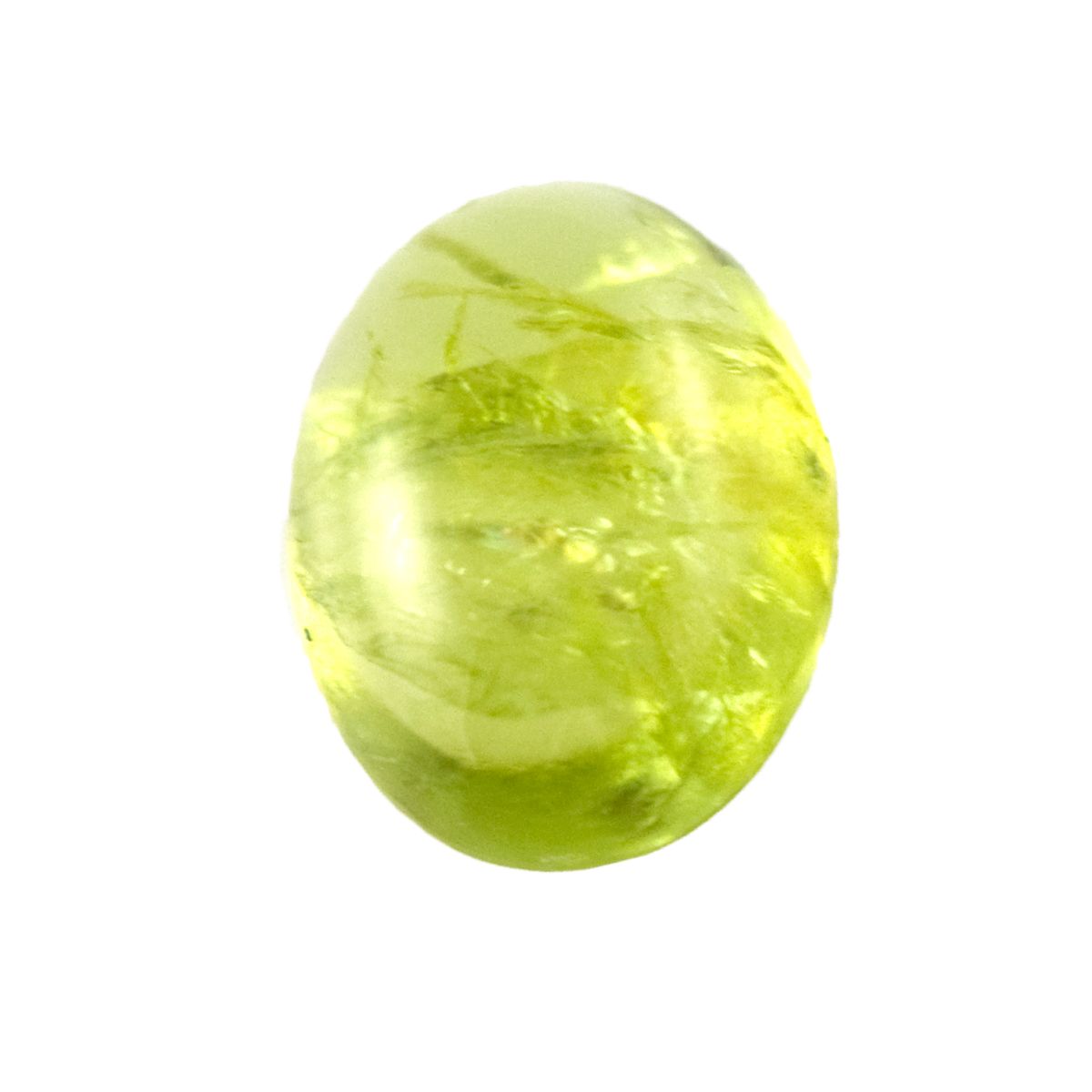
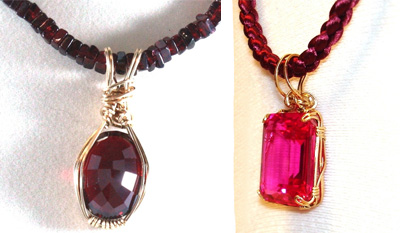
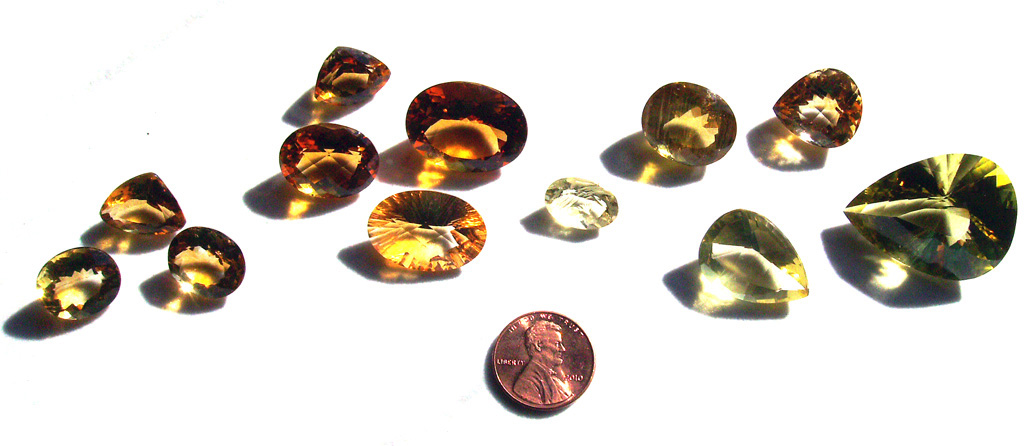

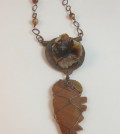




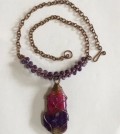


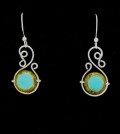




Deborah Glasser
December 21, 2012 at 7:49 am
Please tell me… What is Chalk Turquoise? I bought some and now have a box of horribly faded junk. Is this stuff worth saving or should I chuck it? I tried coating it and it looks ok but will it stay? Is it worth all my time and silver?
Rose
December 21, 2012 at 4:43 pm
Hi Deborah! Layna’s going to give you a more complete answer on Friday – but she says it’s mainly used to form reconstituted turquoise.
Deborah Glasser
December 22, 2012 at 7:40 am
Ok. These stones are shaped and some are drilled beads. They were pretty about ayear ago. but now not so. They seem to be returning to white chalk. Not so pretty.
Shawnea Hardesty
December 24, 2012 at 11:12 am
Thank you so much for showing my work in this weeks blog. It was very exciting to see and I told all my friends!
Shawnea Hardesty
Sheila Kersey
December 26, 2012 at 1:32 am
Not long ago you offered a cab of turquoise as “Brecciated.” This is a term that is unknown to me. Can you please define this term. Thank you.
Rose
December 26, 2012 at 2:12 pm
Hi Sheila, “brecciated” means that the rock originally formed a first time, then it got broken up due to some event (earthquake, landslide, volcano, etc) and then it re-solidified into a rock again. So you can have brecciated turquoise, brecciated jasper, etc. This just means you can visually see the chunks of the original rock as well as any “filler” rock in-between. This can make quite a spectacular effect. Hope this helps!
Pingback: Gem Profile Dec. 28: Wishful Turquoise | Jewelry Making Blog | Information | Education | Videos
John
February 18, 2016 at 1:31 pm
Hello. I was wondering in the stabilization process and using acetone. Is the stone contaminated with a toxic chemical which will be put on or close to the skin?
Regards, John